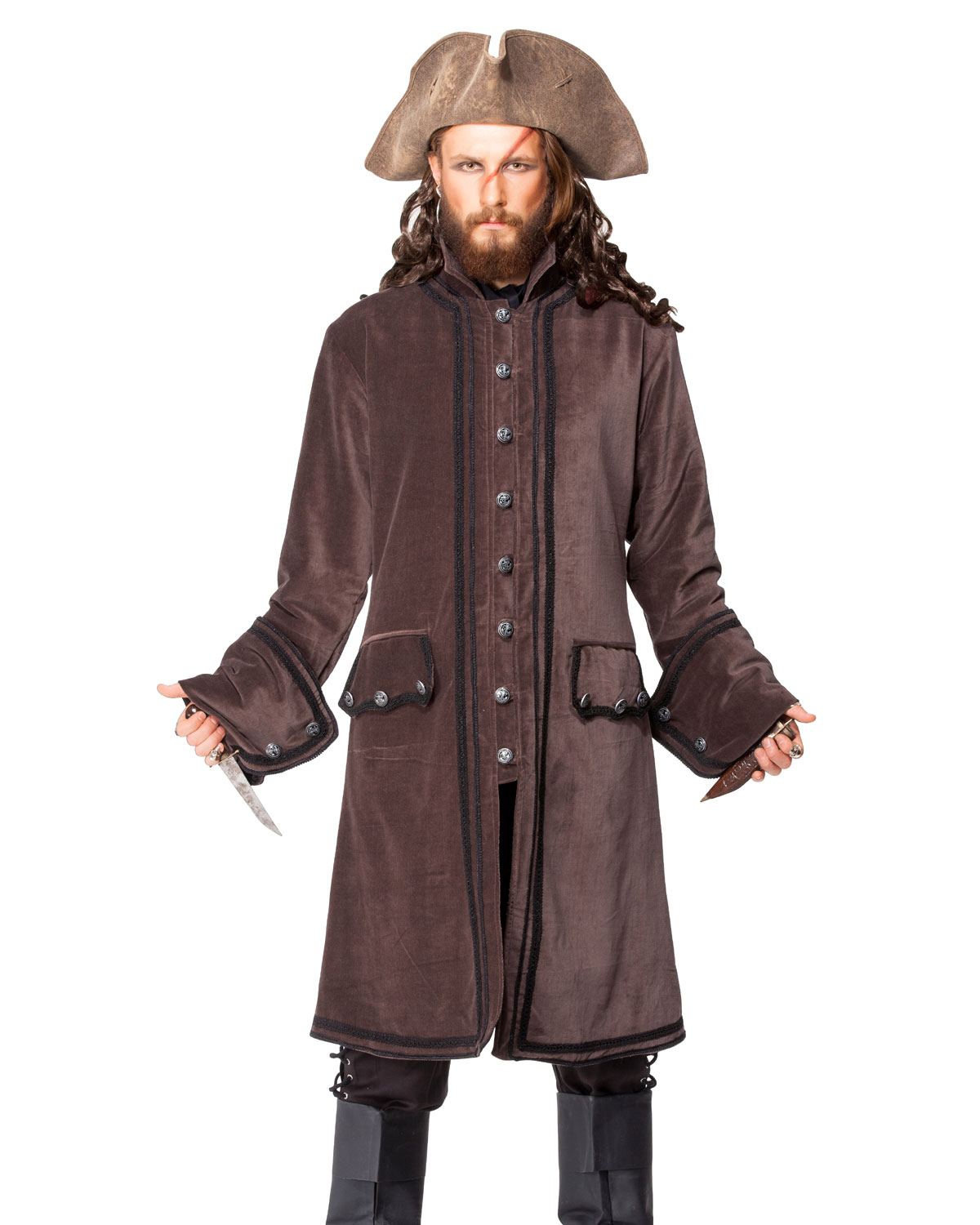
Meanwhile just within ear shot was another ship, This one commanded by Captain Jonathan Barnet. One of his crew fired his gun at a bird that flew by. While anchored just off shore and giving the crew some rest, they were enjoying the rum they had pulled from a recent prize.

He was doing well and slipping ever further away from Nassau eventually finding his way to Negril Point, Jamaica. Over the next two months Jack took several small fishing boats and two merchant ships. On September 2nd 1720 Governor Woodes Rogers signed a proclamation accusing Calico Jack of the theft of the William and sent out two ships to bring him back. One of the crew was Mary Read and like Anne Bonny she dressed as a male to conceal her sex from the rest of the crew. They were gone before the Williams owner, Captain John Ham heard the news. On AugJack, Anne and ten others strolled out to the dock of Nassau climbed aboard a 12 ton sloop called the William and made sail. Jack tried to buy Anne's divorce from James Bonny but Anne had a better idea. Her husband was upset and demanded she be punished according to the law, which at the time was the lash. He had friends there who took the child in and Anne returned to Nassau. Soon Bonny became pregnant and Jack sent her to Cuba to have the child. Anne was married to a sailor named James Bonny. It was granted and Jack decided to settle down and leave his life of piracy behind. In May of 1719 Jack arrived in Nassau and requested a pardon from Governor Woodes Rogers. Unable to fight so many men Jack and his men hid along the tree line and watched as there ships and treasure were taken. Jack and his men were ashore when they arrived so the hunting party simply boarded the Kingston and the Ranger and took both back with them. They caught up to him in February 1719 in a small island off of Cuba. The local merchants were understandably upset and formed a hunting party to go after the pirates. The ship had been taken within sight of Port Royal. It was a big prize and the crew was very happy. Then in December of 1718 he came upon an English merchant ship called the Kingston. Jack returned to the West Indies but was still finding only smaller ships. It was here that Calico Jack designed his battle flag, A white skull and crossed swords on a black field that became the symbol for piracy that we recognize today. He was given a small sloop, some men and provisions and sent on his way.

A few days later, on November 24th 1718 the crew voted Vane out due to cowardice. He ignored the vote and ordered the Ranger to flee anyway.

It was put to a vote and Vane lost 75 to 15. The rest of the crew argued that it would be a fine prize as it would surely have more loot than the smaller ships they had been taking, and would provide a bigger ship to enhance there operations. In Nov of 1718 a French Man-o-war was spotted and Vane gave the order to leave the area. They would mostly target smaller fishing vessels and other ships that were less likely to put up a fight. At that time they were taking ships off the United States eastern seaboard. The first known accounts of Calico Jack are in 1718 When he was serving as Quarter Master on board the Ranger, Captained by Charles Vane. There is no account of when he began using the name but it was early in his career. Slightly softer than canvas and very cheap due to its unfinished nature. Calico or muslin is a type of unfinished and undyed cotton. The name Calico Jack come from the calico clothing he was fond of wearing. His place of birth is unknown but he was English.


 0 kommentar(er)
0 kommentar(er)
